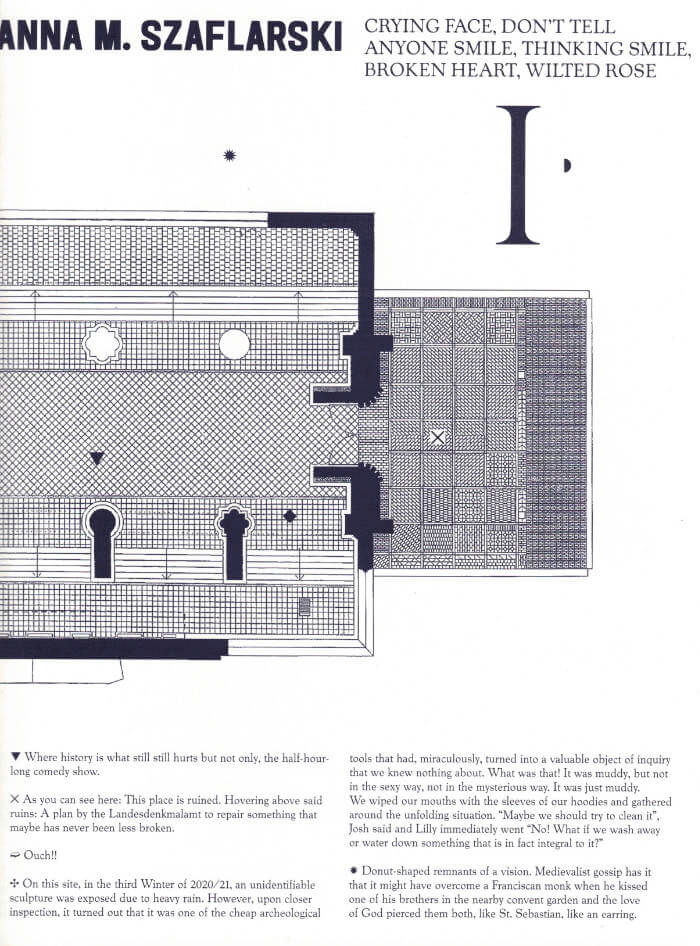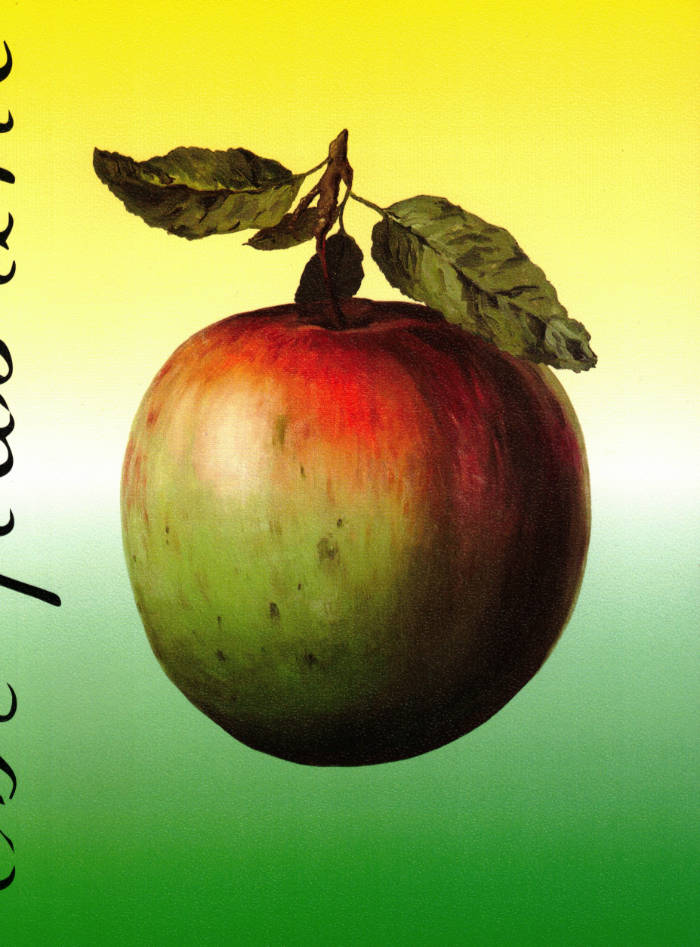
Shell Reader
Literally crumbling under our own weight, several metric tonnes of shells speak up from the ground, causing a sensation remote from that of walking on a gallery floor. Yet, crushed calcite from marine molluscs is an essential ingredient in concrete, a major constituent of our built environment. In Muscle Memory, a sculpture by Nina Canell, the biomineral forms that feed the construction industry gradually break down over the course of the exhibition. Material stress gives way to a sounding, durational sculpture, inviting us to consider the ineffable number of broken bodies that holds us up. Shell Reader calls on the material vitality of calcium carbonate, detailing broken pieces of shell from Muscle Memory. By foregrounding these fragments, each page echoes a crack, snap, split, or splinter.







